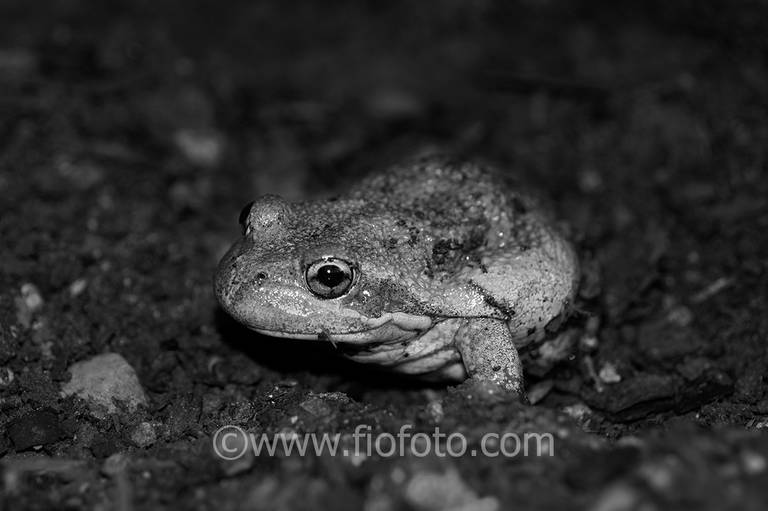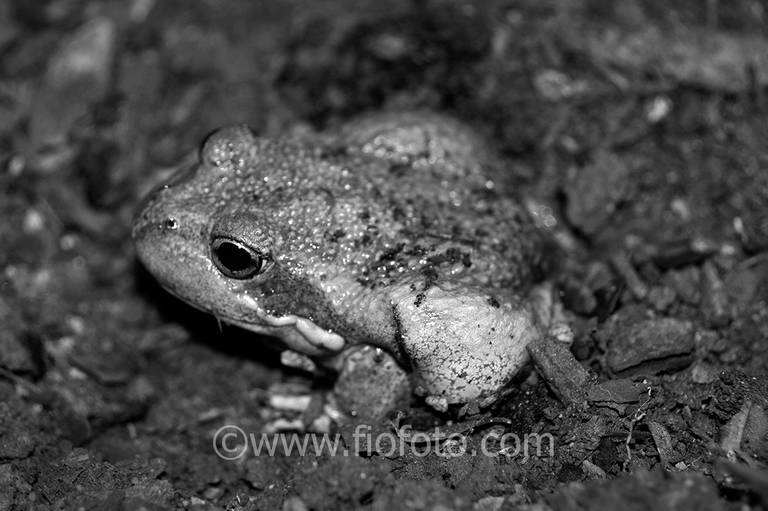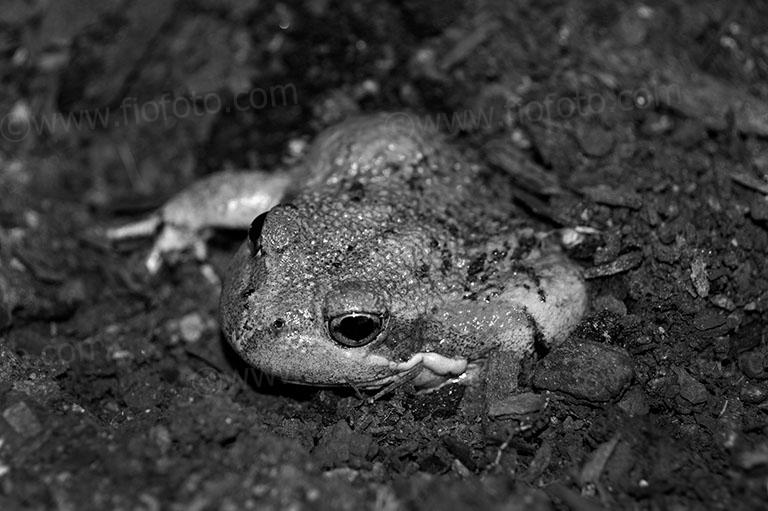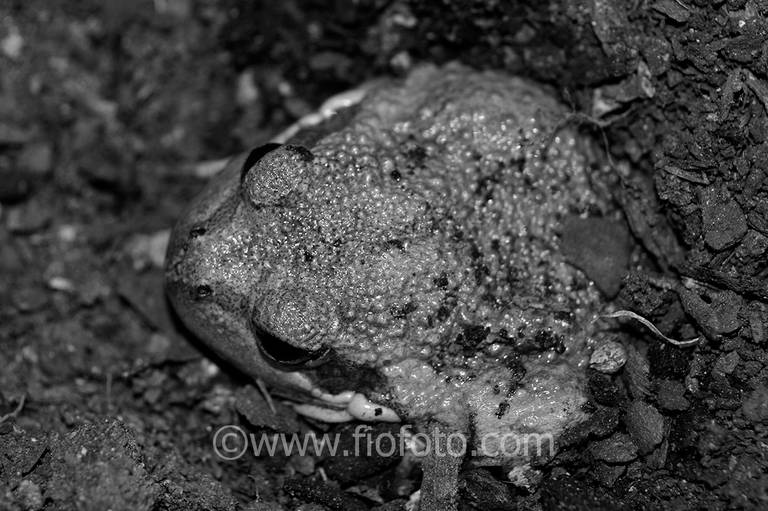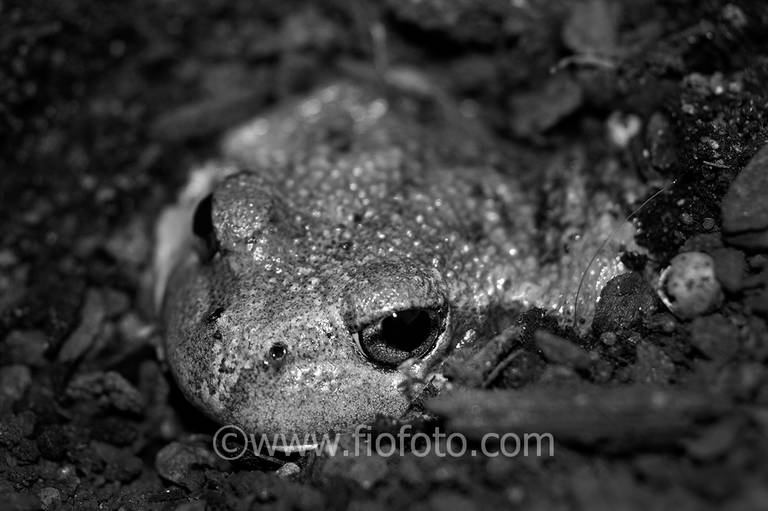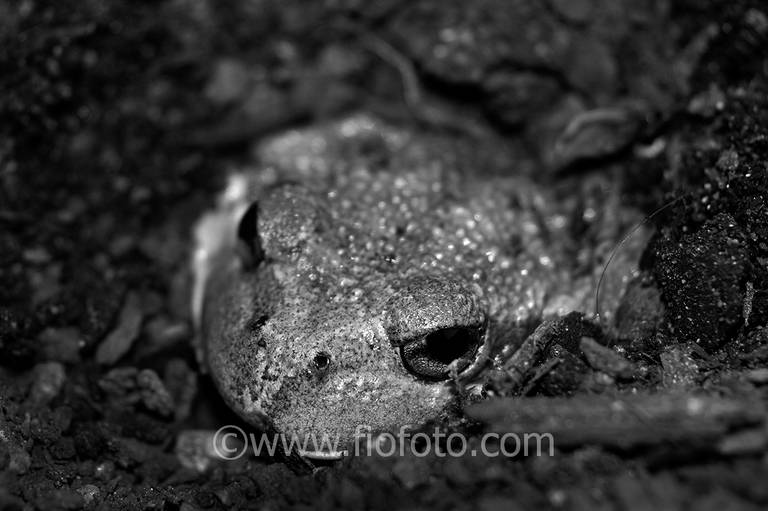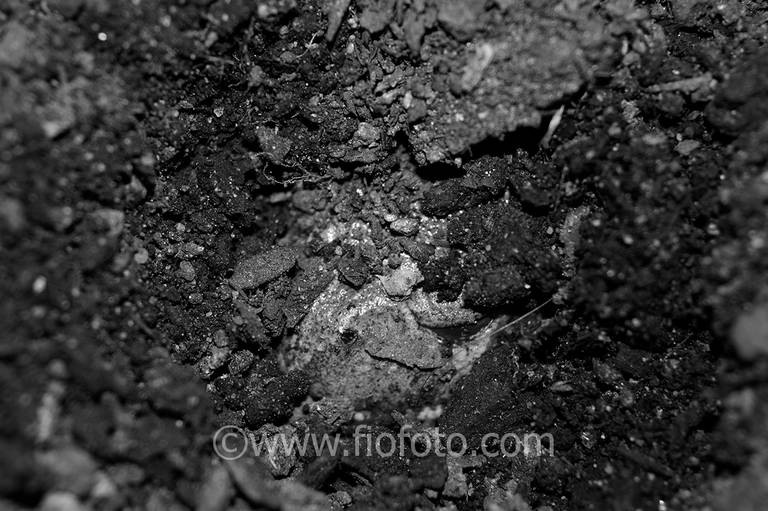The Australian Pobblebonk frog (Limnodynastes dumerilii) is renowned for its distinctive vocalisations and unique burrowing behaviour. Widely distributed across eastern Australia, this species inhabits various wetland environments. Unlike many other frogs, the Pobblebonk frog exhibits a strong preference for subterranean existence.
Burrowing serves multiple functions for the frog’s survival. It offers protection from predators and harsh climatic conditions, while also aiding in moisture retention essential for amphibian physiology. During the breeding season, typically during periods of rainfall, these frogs emerge to reproduce in shallow water bodies.
Interestingly, the Pobblebonk frog does not reside permanently underground but utilises a network of shallow burrows as a refuge during adverse conditions. This adaptation demonstrates the species’ remarkable ability to thrive in the challenging Australian environment.
